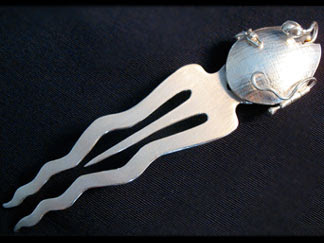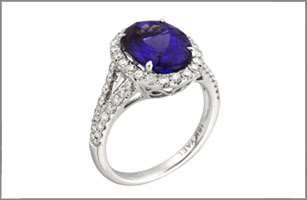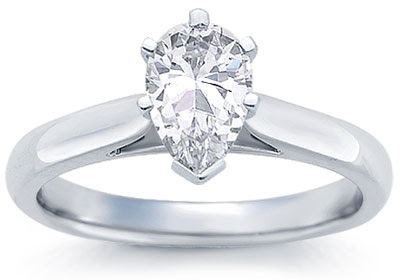Gold has a long and complex history. From gold’s first discovery, it has symbolized wealth and guaranteed power. Gold has caused obsession in men and nations, destroyed some cultures and gave power to others.
The Persian Empire, in what is now Iran, made frequent use of Gold in artwork as part of the religion of Zoroastrianism. Persian goldwork is most famous for its animal art, which was modified after the Arabs conquered the area in the 7th century AD.
 When Rome began to flourish, the city attracted talented Gold artisans who created gold jewelry of wide variety. The use of gold in Rome later expanded into household items and furniture in the homes of the higher classes. By the third century AD, the citizens of Rome wore necklaces that contained coins with the image of the emperor. As Christianity spread through the European continent, Europeans ceased burying their dead with their jewelry. As a result, few gold items survive from the Middle Ages, except those of royalty and from church hordes.
When Rome began to flourish, the city attracted talented Gold artisans who created gold jewelry of wide variety. The use of gold in Rome later expanded into household items and furniture in the homes of the higher classes. By the third century AD, the citizens of Rome wore necklaces that contained coins with the image of the emperor. As Christianity spread through the European continent, Europeans ceased burying their dead with their jewelry. As a result, few gold items survive from the Middle Ages, except those of royalty and from church hordes.
In the Americas, the skill of Pre-Columbian cultures in the use of Gold was highly advanced long before the arrival of the Spanish. Indian goldsmiths had mastered most of the techniques known by their European contemporaries when the Spanish arrived. They were adept at filigree, granulation, pressing and hammering, inlay and lost-wax methods. The Spanish conquerors melted down most of the gold that they took from the peoples of this region and most of the remaining examples have come from modern excavations of grave sites. The greatest deposits of gold from these times were in the Andes and in Columbia.
During the frontier days of the United States news of the discovery of gold in a region could result in thousands of new settlers, many risking their lives to find gold. Gold rushes occurred in many of the Western States, the most famous occuring in California at Sutter’s Mill in 1848. Elsewhere, gold rushes happened in Australia in 1851, South Africa in 1884 and in Canada in 1897.
text source : http://bullion.nwtmint.com/gold_history.php

















































